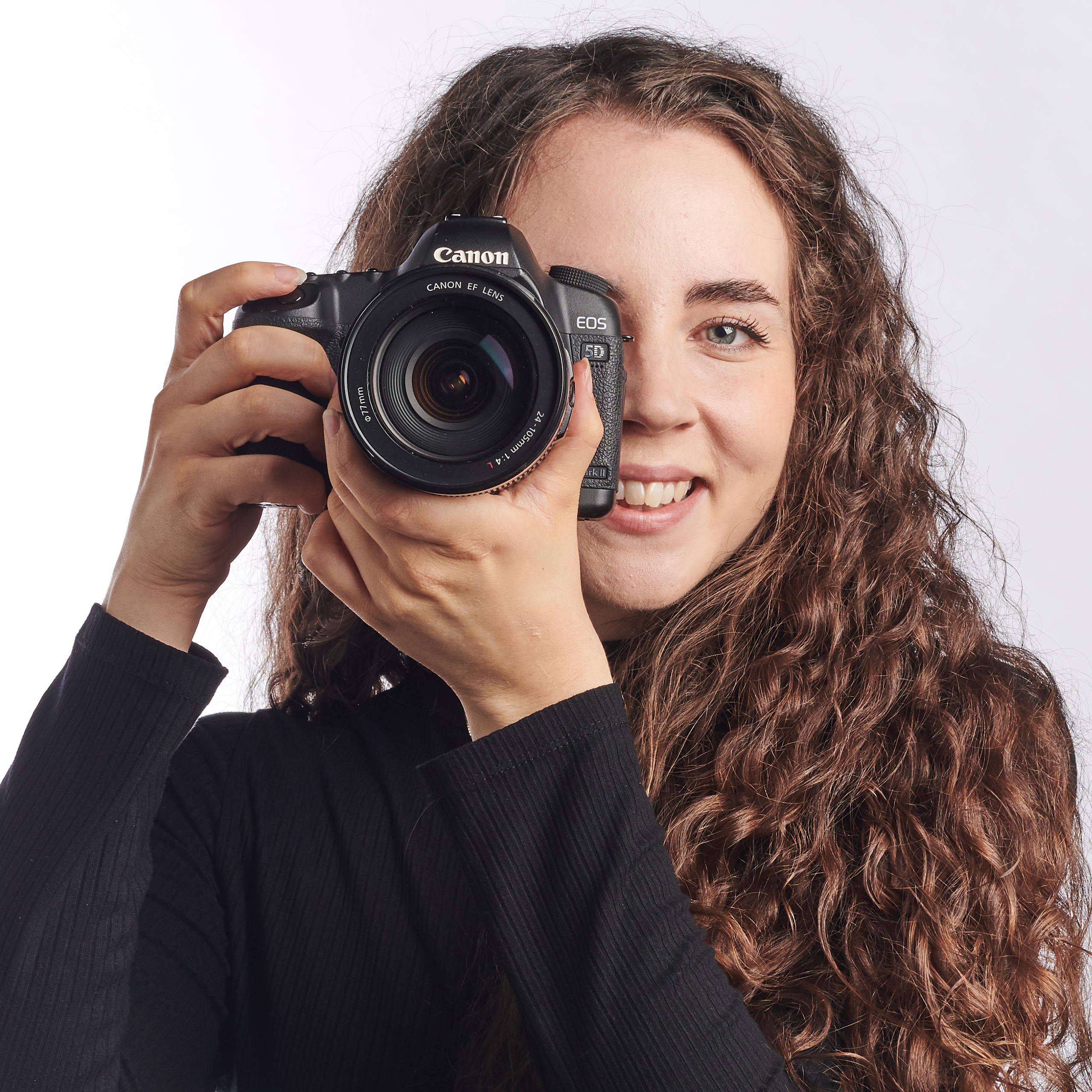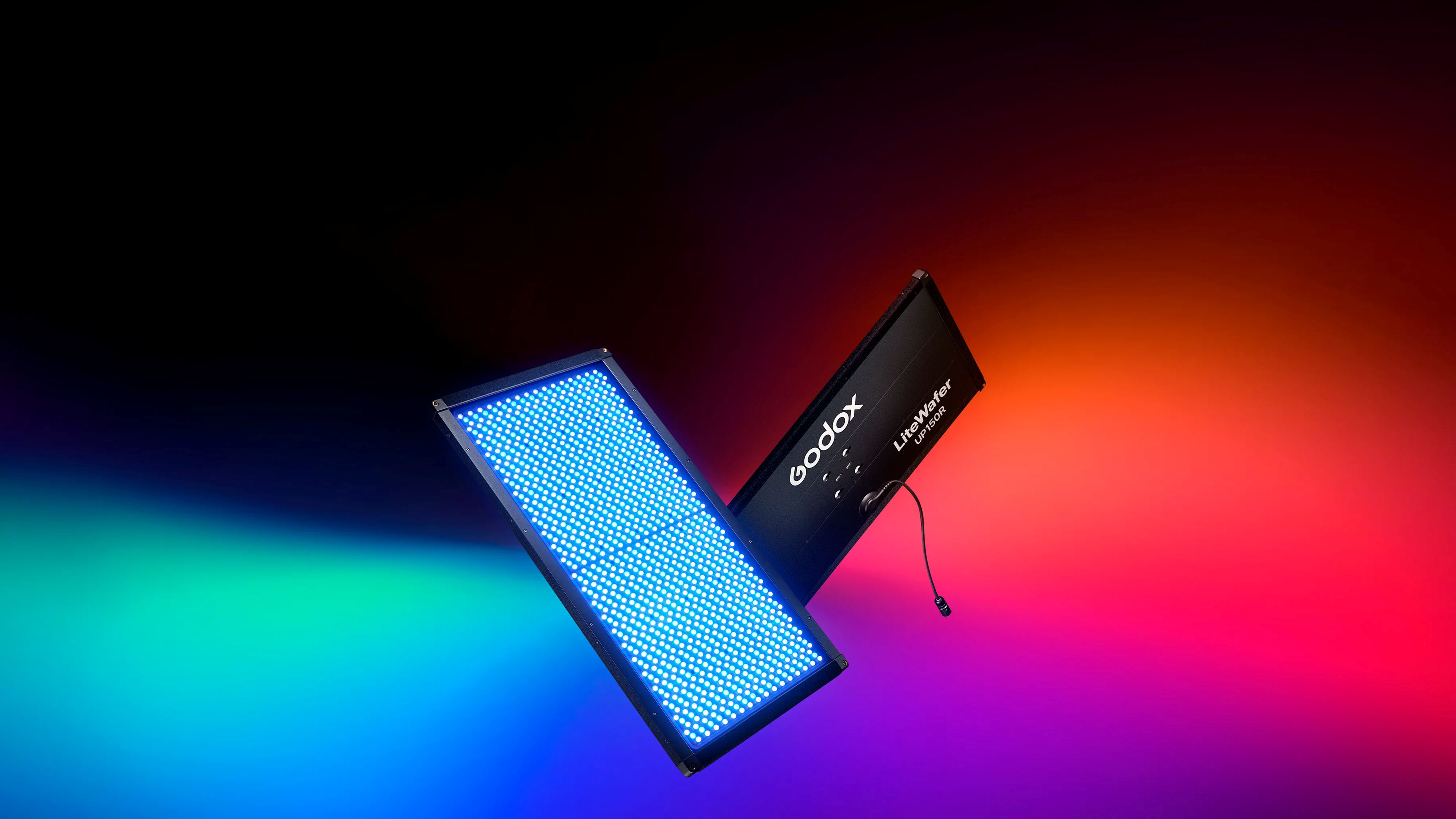iPhone 12 vs iPhone 12 Pro: iPhone 12 models compared
In this iPhone 12 vs iPhone 12 Pro comparison, we break down exactly what you need to know about these upcoming phones
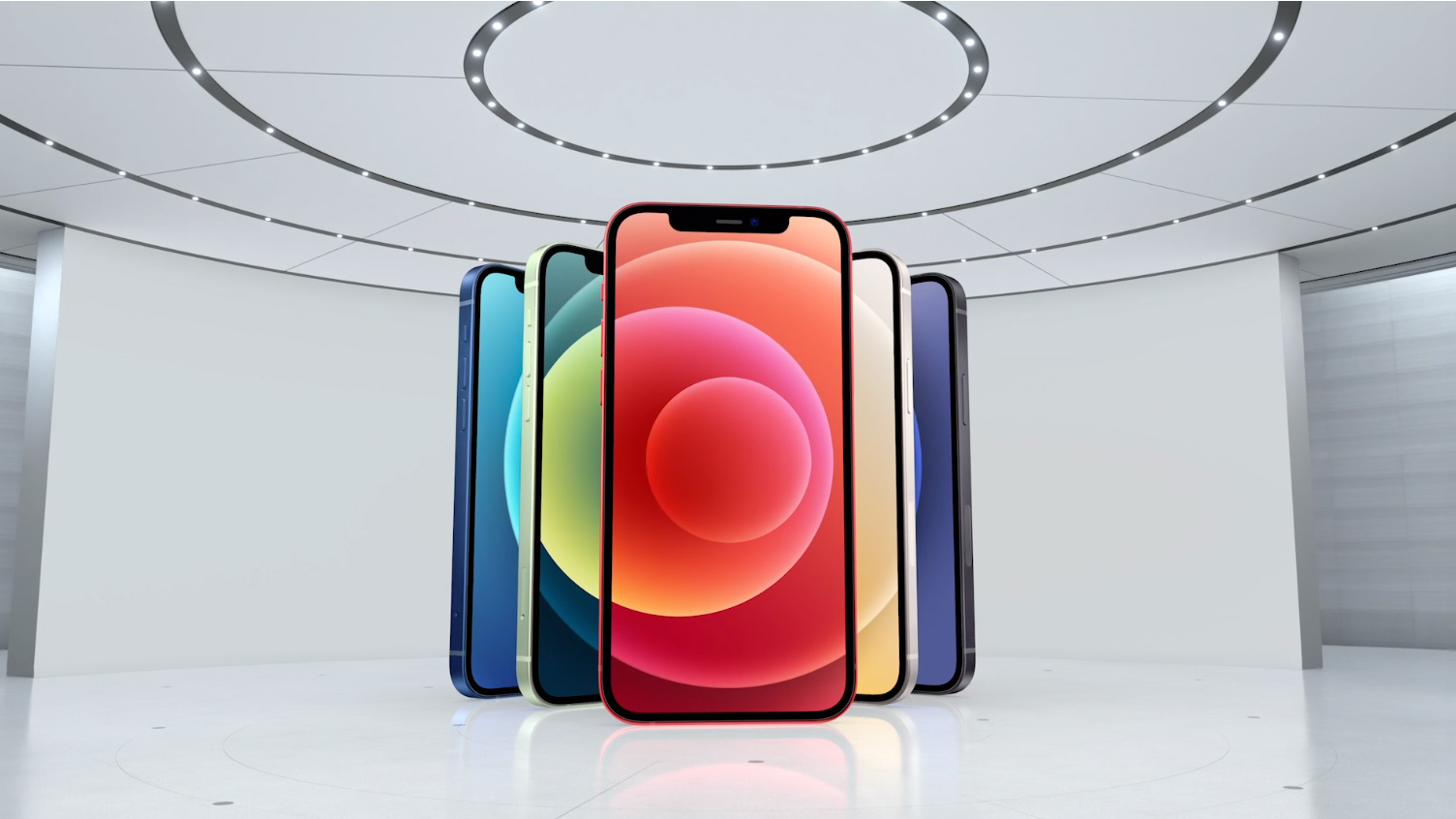
If you're looking for an iPhone 12 vs iPhone 12 Pro comparison that explains exactly what to expect from the four upcoming iPhone 12 models, look no further! We break down the similarities and differences to help you decide which iPhone 12 will be right for you.
After a false start with last month's Apple Event, the long-anticipated iPhone 12 family has finally been launched. There had been plenty of rumors regarding these four new smartphones flying around all year, but now we've finally been able to see what the iPhone 12 will have to offer consumers.
As expected, the iPhone 12 family comes in four different models: the iPhone 12, iPhone 12 mini, iPhone 12 Pro and the iPhone 12 Pro Max. The iPhone 12 and iPhone 12 mini are both virtually identical, aside from the smaller 5.4" screen on the iPhone 12 mini.
However, there are a few more differences between the iPhone 12 Pro and iPhone 12 Pro Max. Read on below to find out more…
• Don't forget to check out the best Amazon Prime day phone deals
iPhone 12
Why you can trust Digital Camera World
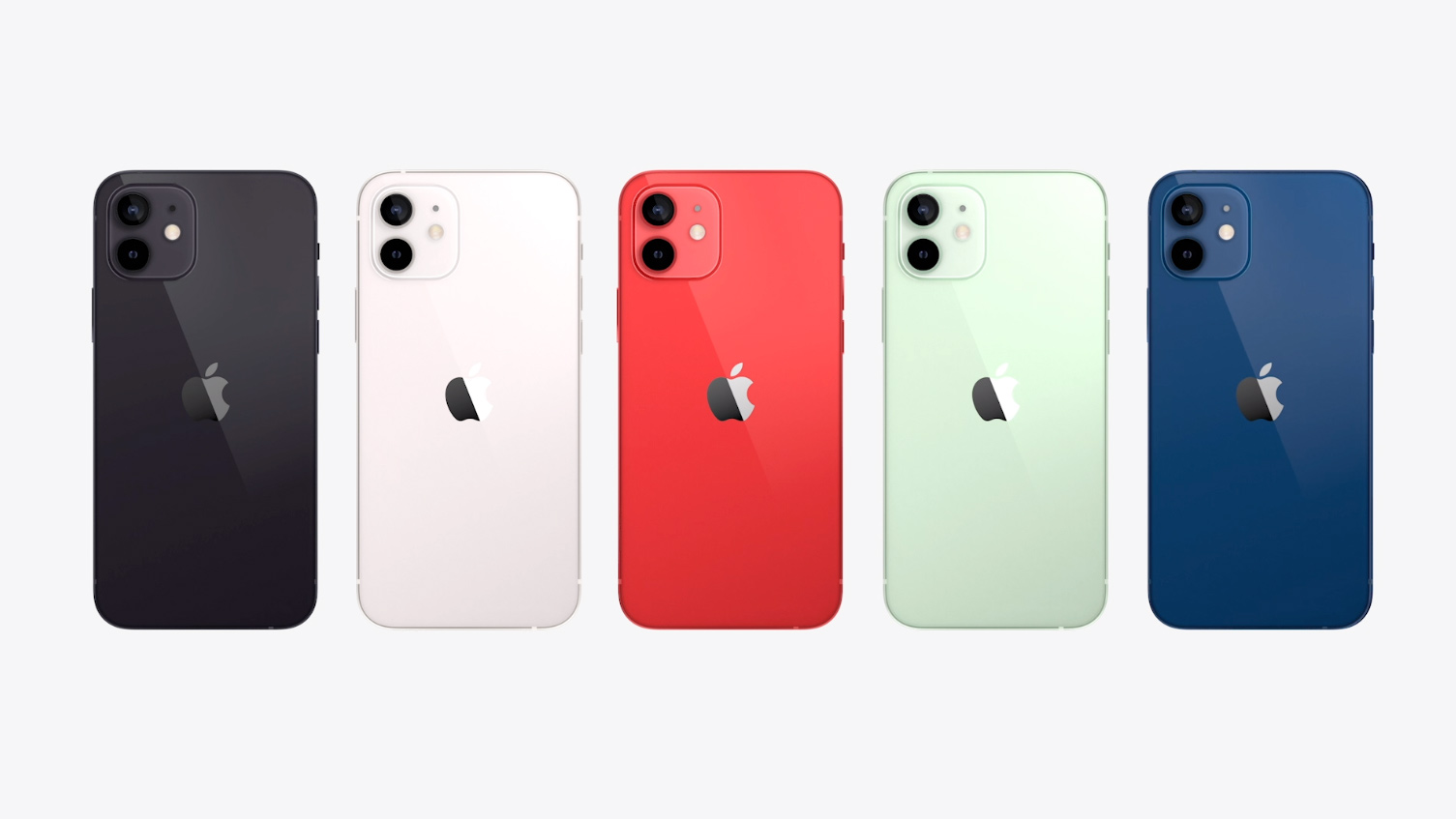
The iPhone 12 will have a different body than the previous generation, featuring smooth and flat edges and a unique uniform construction. It was designed to fit the new 5G technology into a smaller form factor, including the new antennas. It will come in five colors, including black, white, red, green and blue.
The iPhone 12 will have a 6.1" display, like the iPhone 11. However, the 12 will have reduced display borders. This means that it will be 11% thinner, 15% smaller and 16% lighter than the iPhone 11. It will also have a Super Retina XDR display, which will have 2x more pixels than the iPhone 11. This means that the text will be sharper and photos will look better, featuring increased dynamic range.
The glass used on the display will be the new material Ceramic Shield, created in conjunction with Corning. This new glass has a 4x better drop performance than the iPhone 11, which is the biggest jump in reliability that Apple has had on iPhone.
In terms of 5G, the iPhone 12 will automatically switch to using LTE if 5G speeds don't matter to what you're doing to save battery power. The 5G will then turn itself on when it's needed.
The iPhone 12 will feature a new dual-camera system, featuring a 12MP wide angle camera with a new f/1.6 aperture. It'll also have an ultra wide angle camera with an f/2.4 aperture. Each camera has a four element lens, which means that there has been a 27% improvement in low light conditions.
New computational photography has also been developed to deliver more powerful new features. The iPhone 12 will be able to understand scenes with machine learning, using Smart HDR 3 to automatically adjust highlights and shadows for great dynamic range. Smart HDR 3 will also help Night Mode, which will be available on all cameras on the iPhone 12 for the first time.
Video is also receiving an update, with the iPhone 12 featuring a new Night Mode Time-lapse function. As you'd expect from the name, this will allow users to create a time-lapse in the Night Mode.
You can get the iPhone 12 for just $799. However, if you trade in an iPhone 10 or newer at Verizon then you can get the iPhone 12 for as little as $15/mo. Pre-orders for the iPhone 12 will open on 06 November, with phones shipping on 13 November.
iPhone 12 mini

As expected, the iPhone 12 will have a little brother in the iPhone 12 mini. We weren't sure what the differences were going to be between the two models, but it appears the answer is solely the size. With a diminutive 5.4" display, the iPhone 12 mini has been billed as the smallest, thinnest and lightest 5G phone in the world. Other than that, it will be exactly the same as the iPhone 12.
This will be exciting news for users who get fed up with the increasingly huge phone sizes, but who still want the same up-to-date tech.
You can pick up the iPhone 12 mini for just $699. However, if you trade in an iPhone 10 or newer, you can get this handset for just $12/mo. Pre-orders for the iPhone 12 mini will open on 06 November, with phones shipping from 13 November.
iPhone 12 Pro & iPhone 12 Pro Max
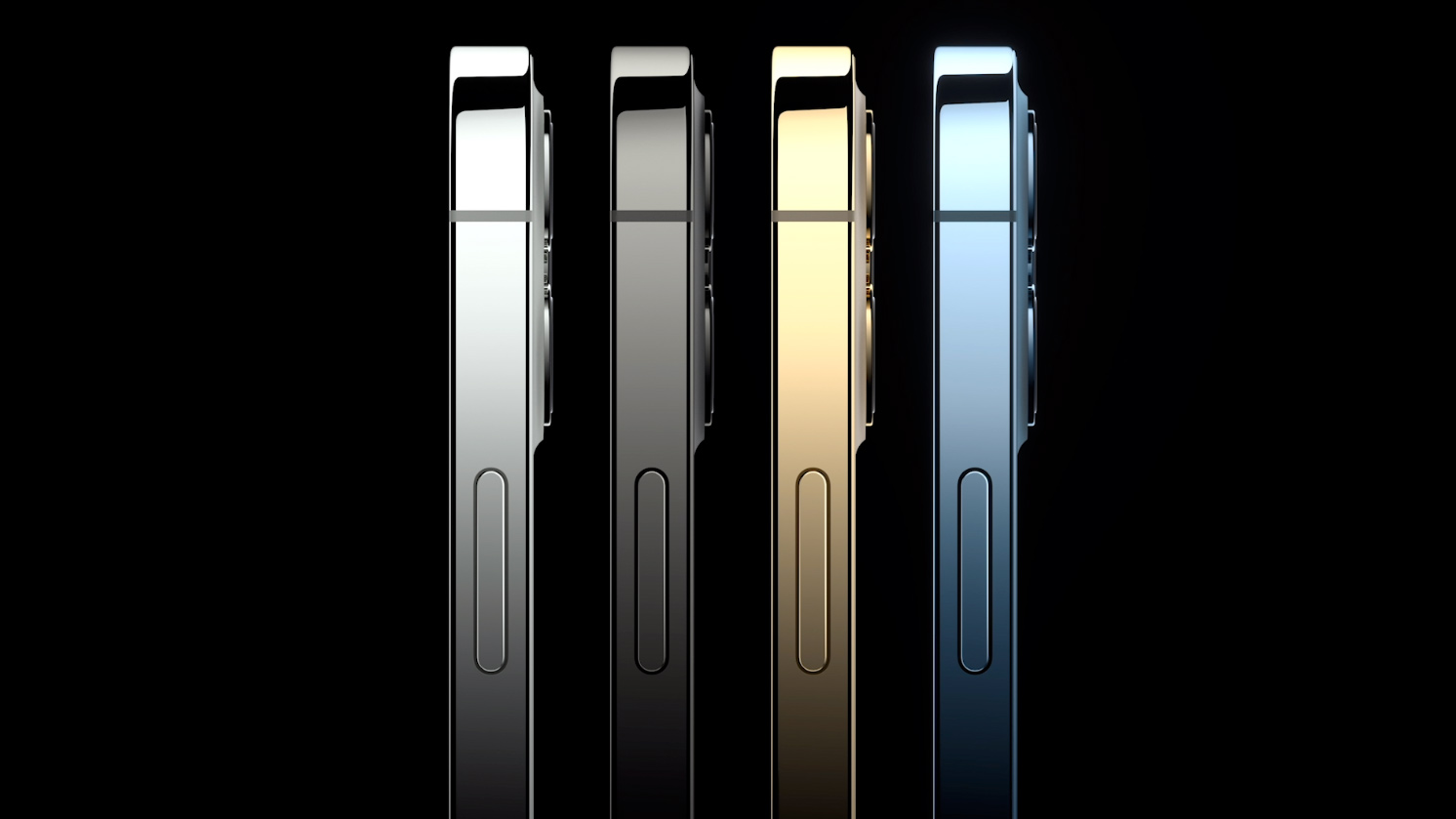
Designed for users who want the absolute most from their iPhone, the iPhone 12 Pro and the iPhone 12 Pro Max have a slick new design with premium materials, including a surgical steel band. Both phones have four new colors, including an attractive blue. Both phones will be water and dust resistant, rated at IP68 – which means they can submerged in up to six meters of water for up to 30 minutes.
Like the iPhone 12 and iPhone 12 mini, these two new Pro models will feature MagSafe. This means that they will magnetically attach to the wireless charger to optimize charging times.
The iPhone 12 Pro will feature a 6.1" display, while the iPhone 12 Pro Max will have a 6.7" display.
The cameras on the iPhone 12 Pro models are particularly interested. Both models will have triple camera units, featuring a 12MP f/2.2 ultrawide camera, a 12MP f1/.6 wide angle camera and a 12MP f/2.2 telephoto camera.
However, the iPhone 12 Pro Max is where the real magic has happened, featuring a new sensor that's 47% larger, this means that there's an 87% improvement in low-light performance. Particularly excitingly, the iPhone 12 Pro Max borrows from DSLR technology to create sensor-shift for the iPhone 12 Pro Max. This means that the phone's Optical Image Stabilization can made up to 5,000 micro-adjustments per second to counteract hand-shake or car vibrations. It can even provide stabilized exposure times for up to 2secs.
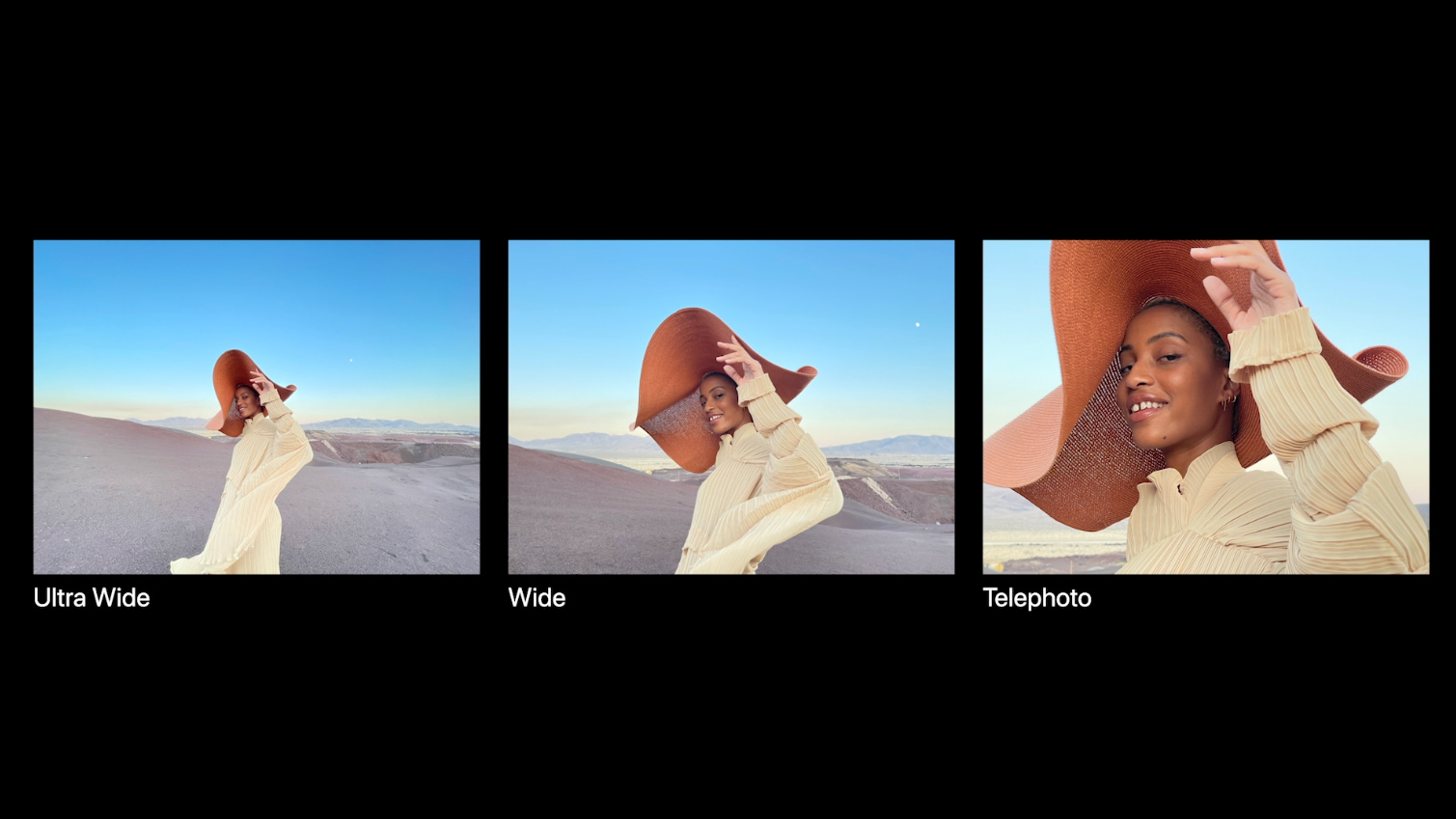
Excitingly, the iPhone 12 Pro and the iPhone 12 Pro Max will both be able to use the new Apple ProRAW photo file format when it launches later this year. This means that users can shoot RAW photo files while simultaneously using the computational photography features such as Smart HDR 3 and Deep Fusion. These files will be able to be edited in the native Photos app and other professional editing apps too – assumedly this means that Adobe apps will be capable of reading these files.
In terms of video, the iPhone 12 Pro Max will be able to capture HDR video recording for the first time ever. The 12 Pro Max will be able to shoot 10-bit HDR recording, capturing 60x more colors. It will also apparently be the first camera to record in Dolby Vision HDR and will be capable fo 4K resolution at 60fps. Users will also be able to edit and share their Dolby Vision files.
The iPhone 12 Pro and 12 Pro Max will also feature a LiDAR scanner. This measures how long it takes light to reach an object. Both models will be able to essentially see in the dark, which means that if you're shooting in low-light conditions the LiDAR sensor will be able to instantly recognize the subject and capture it straight away with Night Mode. This means that there will be 6x faster autofocus in low light.
The iPhone 12 Pro will begin at $999 while the iPhone 12 Pro Max will begin at $1,099. Pre-orders for both models is open now, and the phones will begin shipping on 23 October.
Read more
Best iPhone for photography in 2020: from the iPhone 7 Plus to 11 Pro
Best camera phone in 2020: which is the best smartphone for photography?
Best phablet in 2020
Best phone cases in 2020: protect your camera phone in style
The best TikTok lights
Best camera for TikTok
The best camera deals, reviews, product advice, and unmissable photography news, direct to your inbox!
With over a decade of photographic experience, Louise arms Digital Camera World with a wealth of knowledge on photographic technique and know-how – something at which she is so adept that she's delivered workshops for the likes of ITV and Sue Ryder. Louise also brings years of experience as both a web and print journalist, having served as features editor for Practical Photography magazine and contributing photography tutorials and camera analysis to titles including Digital Camera Magazine and Digital Photographer. Louise currently shoots with the Fujifilm X-T200 and the Nikon D800, capturing self-portraits and still life images, and is DCW's ecommerce editor, meaning that she knows good camera, lens and laptop deals when she sees them.
